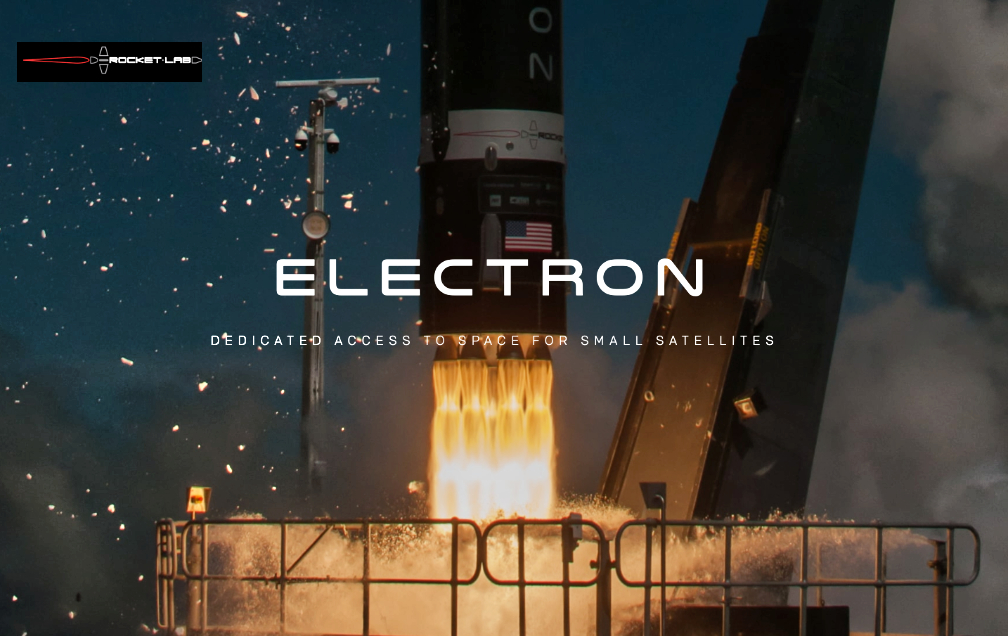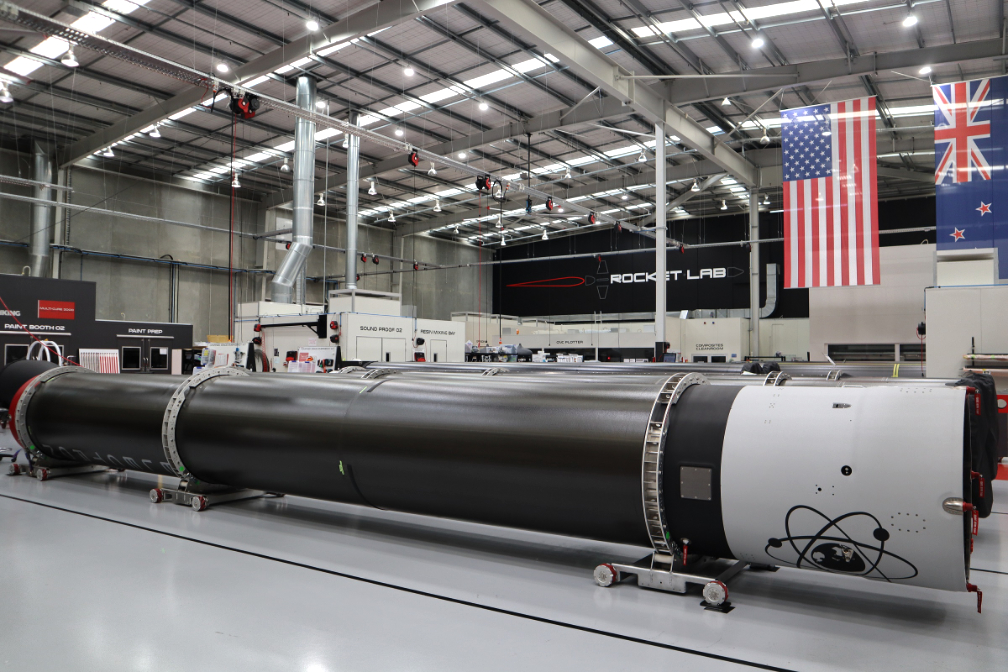
Rocket Lab‘s next mission will find the company attempting to bring their rocket back from space, slowing the Electron launch vehicle down from speeds of >Mach 8 as it re-enter’s Earth’s atmosphere before splashdown in the ocean.
This complex mission is the next major step toward making Electron the first orbital-class, reusable, small launch vehicle, enabling rapid-turnaround launches for smallsats.
Scheduled for launch in May 2021 from Launch Complex 1 in New Zealand, the ‘Running Out of Toes’ mission will be Rocket Lab’s 20th Electron launch overall and the second of three planned, ocean splashdown, recovery missions. The mission will see Electron deploy two EO satellites for BlackSky’s global monitoring constellation. While Electron’s second stage delivers the satellites to orbit, Electron’s first stage will undertake a series of complex maneuvers designed to enable the stage to survive the extreme heat and forces of atmospheric re-entry on the way back to Earth.
As the rocket reaches speeds of around eight times the speed of sound on its descent, the air around Electron heats up to 2,400 °C generating an extremely hot plasma that creates a red-orange glow around the re-entering stage. Because Electron will enter the atmosphere engines first, the nine 3D printed Rutherford engines on the first stage will bear the brunt of this extreme heating. To withstand the immense temperatures, this Electron features an evolved heat shield designed to protect the engines and direct the force of the plasma away from the rocket.

After entering the atmosphere, Electron will deploy a drogue parachute to help begin the process of slowing the rocket down and stabilizing its descent. Once Electron is at subsonic speeds, a circular parachute is deployed to help further slow the rocket in preparation for a gentle ocean splashdown. A Rocket Lab vessel will then rendezvous with the stage in the splashdown zone, approximately 650 km from Launch Complex 1, and retrieve it for transport back to Rocket Lab’s Production Complex for inspection.
Following the successful completion of the ocean splashdown tests this year, Rocket Lab intends to move into the final phase of the recovery program, that being mid-air recovery. Using this approach, Electron stages will be captured mid-air by a helicopter.
While Electron is designed for mid-air capture, Rocket Lab’s newest launch vehicle, the 8,000 kg. class Neutron rocket under development, is designed for propulsive landing. This process will see Neutron’s engines reignite during the re-entry phase to slow the stage’s descent before landing legs are deployed to enable a vertical landing on an ocean platform. Information about Neutron can be found at this direct infolink…
‘Running Out of Toes’ follows on from Rocket Lab’s first recovery mission, ‘Return to Sender,’ which launched in November 2020 and saw the company successfully deploy the parachute system and recover a stage from an ocean splashdown for the first time. In doing so, Rocket Lab became only the second company to successfully recover an orbital class booster from space. The ‘Running Out of Toes’ mission is designed to validate the findings from the first recovery mission and to test updated systems including the new advanced heat shield.
“Reusability is hard for any launch vehicle, but it’s a particularly complex challenge for small rockets. The Return to Sender mission proved we could successfully bring Electron back from space. Now it’s about validating re-entry data a second time and starting to introduce the advanced systems that will enable us to launch, catch and repeat,” said Rocket Lab Founder and CEO, Peter Beck. “Electron is already the second most frequently launched U.S. rocket. Reusability will enable us to further increase launch cadence giving our customers on-demand access to space.”
